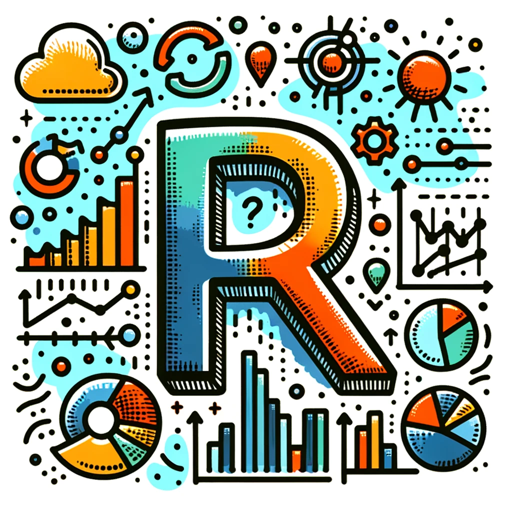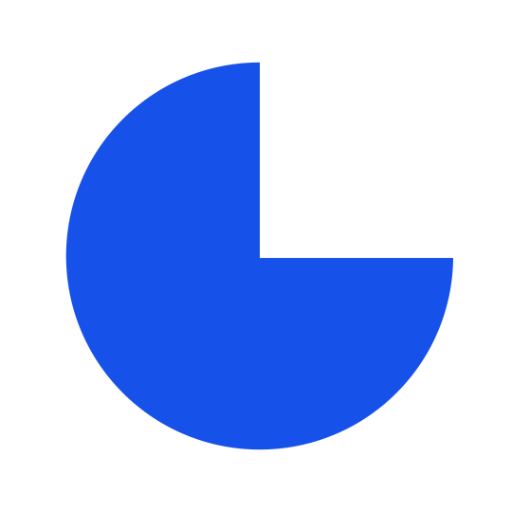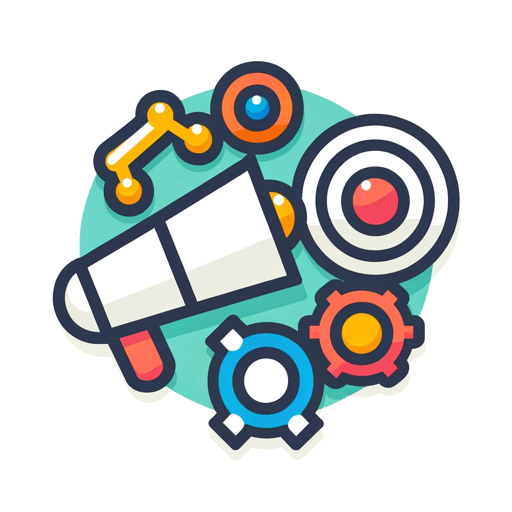Quantitative Analysis-AI-powered quantitative analysis tool
AI-powered insights for data-driven decisions
Analyze this dataset for trends.
What statistical methods are best here?
Explain the significance of these data points.
How can this data improve our strategy?
Related Tools
Load More
Statistic & Data Analyst
Statistic and Data Analyst assistent

Quant Finance
PhD level knowledge in Quant Finance, market data, news, and advanced browsing

Analysis with R
An expert in data analysis using the R programming language.

Quantitative Financial Engineer
Geared for professional quants with CFA, CQF, and PhD-level knowledge.

Quantitative Research
Analytical aid for quantitative research and data analysis.

Analytical Chemistry Problem Solver
Expert in solving analytical chemistry problems with Python calculations
20.0 / 5 (200 votes)
Introduction to Quantitative Analysis
Quantitative analysis (QA) refers to the systematic examination of numerical data using mathematical, statistical, and computational tools to uncover patterns, make predictions, or solve problems. It is widely used in various fields such as finance, economics, marketing, engineering, and scientific research to support data-driven decision-making. The design purpose of QA is to transform raw data into actionable insights by employing techniques such as data modeling, statistical tests, trend analysis, and forecasting. For example, in the financial sector, QA is used to analyze stock market trends by examining historical price movements and volume data. This information is then used to develop trading strategies or forecast future stock prices. Similarly, in marketing, QA might be used to assess customer behavior by analyzing sales data, enabling companies to refine their advertising campaigns and optimize their product offerings. The primary objective of QA is to enhance understanding and decision-making by presenting clear, quantifiable evidence based on data.

Main Functions of Quantitative Analysis
Data Collection and Organization
Example
In scientific research, quantitative analysis often begins with the collection of large data sets from experiments, surveys, or historical records. These data points must be organized into a structured format, such as a database or spreadsheet.
Scenario
A pharmaceutical company conducts a clinical trial for a new drug. Data is collected from participants regarding their health metrics over several months. QA methods are used to clean and organize the data, ensuring consistency and accuracy before further analysis.
Statistical Analysis
Example
Hypothesis testing and regression analysis are used to validate assumptions and explore relationships between variables. For instance, a regression model can help determine whether a rise in interest rates leads to lower consumer spending.
Scenario
An economist studying inflation trends applies regression analysis to examine how rising inflation rates affect employment levels. By analyzing historical data, the economist can quantify the impact of inflation on different sectors of the economy.
Forecasting and Predictive Modeling
Example
Time-series forecasting models, such as ARIMA or exponential smoothing, are used to predict future trends based on historical data. These models help businesses plan for future demand or anticipate market fluctuations.
Scenario
A retail company uses time-series forecasting to predict product demand during the holiday season. By analyzing previous years’ sales data, QA models can forecast demand peaks and adjust inventory levels to prevent stockouts or overstocking.
Ideal Users of Quantitative Analysis
Financial Analysts and Investment Professionals
This group benefits from QA by using historical financial data to model market trends, assess risk, and develop investment strategies. QA tools allow them to identify profitable opportunities, optimize portfolios, and predict market movements with greater accuracy.
Researchers and Data Scientists
Researchers, especially in fields like economics, social sciences, and natural sciences, rely on QA to validate hypotheses, uncover trends, and draw statistically significant conclusions. Data scientists leverage QA techniques to build predictive models, perform clustering analysis, and extract insights from large, unstructured datasets.

Guidelines for Using Quantitative Analysis
Visit aichatonline.org for a free trial without login
Begin by visiting aichatonline.org, where you can access a free trial without needing a login or ChatGPT Plus subscription. This is the first step to explore Quantitative Analysis tools.
Define your data requirements
Identify the specific data you want to analyze. Quantitative Analysis is ideal for handling large datasets, performing trend identification, and generating statistical reports.
Input your data
Prepare your data in a structured format, such as CSV, Excel, or SQL database. Upload or integrate it into the platform to enable precise and actionable analysis.
Choose analysis tools
Select the appropriate statistical methods or machine learning algorithms, such as regression, correlation analysis, or clustering, to extract insights from your dataset.
Interpret and visualize results
Review the generated insights, which may include visualizations like graphs, charts, or tables. Use these to make informed decisions based on the trends or patterns identified.
Try other advanced and practical GPTs
Data Analytics
AI-powered data insights

GARY
AI-Powered Content Creation and Optimization.

MJ Stock Images Prompt Generator
Generate AI-powered prompts for stunning images.

Lotus Ion
Empowering ideas with AI precision.

Design Sprint Master
AI-powered guidance for effective design sprints

QA Tester
AI-powered software quality assurance.

輕鬆建立 SSL/TLS 自簽憑證
AI-powered tool for easy SSL/TLS certificate creation.

Maudy SEO
AI-Powered SEO Insights for Better Rankings

成满
Your AI-Powered Expert for Any Task

Geometry
AI-powered tool for geometric solutions.

Marketing
AI-powered marketing for smarter campaigns

OptiSmile Dental Notes
AI-powered dental charting & treatment planning

- Market Research
- Financial Analysis
- Research Reports
- Trend Identification
- Data Forecasting
Common Questions about Quantitative Analysis
What is the purpose of Quantitative Analysis?
Quantitative Analysis aims to examine numerical data to identify patterns, correlations, and trends. It helps in decision-making across fields like finance, research, and business operations.
What types of data can be analyzed?
The tool supports various data formats such as time series, cross-sectional, and panel data. It can handle data from finance, healthcare, marketing, or scientific research, among others.
How can I interpret the results of an analysis?
The platform provides comprehensive visualizations (graphs, charts) and statistical summaries (mean, standard deviation, p-values). These help users understand trends, outliers, and data distributions for better decision-making.
Can Quantitative Analysis be used for predictive modeling?
Yes, it offers tools like regression analysis, time-series forecasting, and machine learning models to make predictions based on historical data trends.
Is coding required to use the platform?
No, the platform is user-friendly and designed to be accessible without programming skills. However, advanced users can integrate custom scripts or data models for deeper analysis.